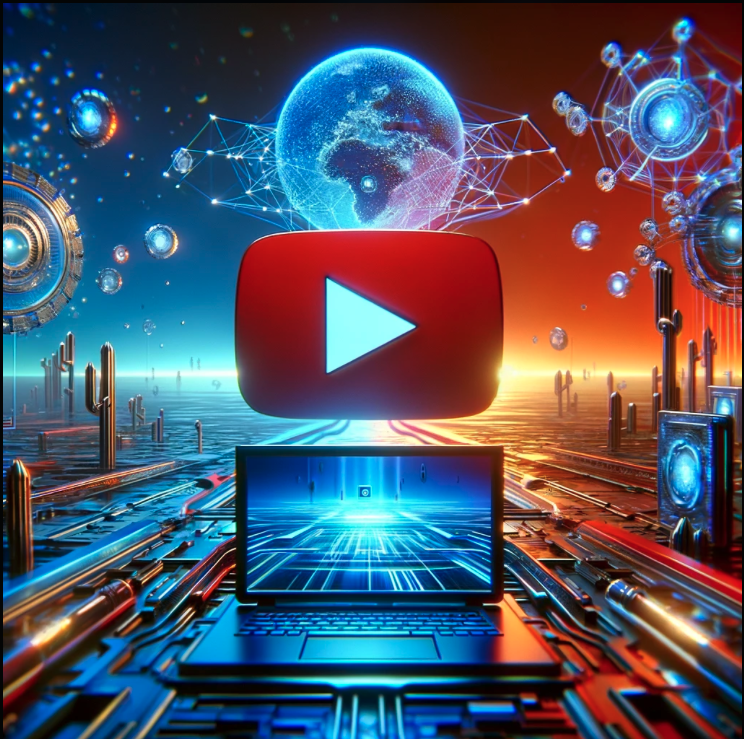YouTube's New AI Guidelines: Navigating the Future of AI-Generated Content
Introduction
The consequences of artificial intelligence (AI) on the production of digital content are growing in importance as it develops. YouTube, a major force in the online video market, has recognized this and released new guidelines for handling content created by artificial intelligence. The goal of this action is to ensure ethical and transparent practices while addressing the growing number of materials created by AI. Let's examine these rules in more detail and see how they adapt to the evolving nature of content production and consumption. Welcome, my name is Edison A. Acha and this is what we know concerning this………………….
The New Guidelines
1. Disclosure Requirement: YouTube's new policy requires creators to disclose any instances in which they have used artificial intelligence (AI) to produce or modify content that seems realistic. This step is essential to preserving transparency, particularly considering the possibility that content generated by AI will portray events or actions that never happened. These kinds of disclosures are especially important when the content deals with delicate subjects like elections or ongoing conflicts.
2. Focus on Realistic Content: It's crucial to remember that realistic-looking content is the precise target of these disclosure requirements. The goal is to give viewers context so they can recognise when a video has been edited or artificially created with the aid of AI tools.
3. YouTube's Own AI Ventures: It's interesting to note that YouTube is investigating AI-generated content. Dream Screen, a generative AI feature that will enable users to design AI-generated backgrounds for their videos, is scheduled to launch on the platform. YouTube will automatically identify all such artificial intelligence-generated content as modified or synthetic.
4. Penalties for Non-compliance: Videos removed from YouTube or suspension from the YouTube Partner Program are just two serious consequences that creators who don't consistently disclose when they use AI may have to deal with. The implementation of this rule demonstrates YouTube's dedication to producing moral content in the age of AI.
5. Deepfake Regulation: Users of YouTube can now request the removal of content that imitates identifiable people using deepfake technology. However, not all content that has been flagged will be eliminated instantly. The policy also covers AI-generated music, indicating YouTube's attempts to strike a balance between innovation and respect for creators' rights by enabling music partners to ask for the removal of any content that mimics an artist's voice.
Analysis and Implications
The responsible handling of AI-generated content has advanced significantly with the release of YouTube's new AI guidelines. They reflect the increasing demand on platforms to change with the times and make sure that innovations like artificial intelligence are applied responsibly and openly. These rules will probably serve as a model for other platforms and content producers, encouraging a more conscientious and knowledgeable handling of content produced by artificial intelligence.
YouTube tackles the risk of artificial intelligence producing deceptive or hazardous content, particularly in delicate situations, by emphasising realism in its content. This strategy finds a balance between the need to uphold credibility and trust in the digital sphere and the creative opportunities provided by AI.
The consequences of breaking these rules emphasise how important they are and demonstrate YouTube's dedication to moral behaviour. This action might discourage the improper use of AI in content production, promoting a more positive online community.
Conclusion
YouTube's new AI guidelines are a necessary and timely response to the challenges presented by AI-generated content as we continue to advance into the AI era. They provide an essential framework for producing moral content by striking a balance between creativity and accountability. These rules will be crucial in pointing platforms and creators in the direction of a future where technology fosters creativity without sacrificing morality or openness, as AI continues to transform our digital experiences.

